COGA Fact Sheet: Ozone
Colorado’s oil and natural gas industry continues to reduce emissions and mitigate the effects of ground-level ozone as part of its ongoing commitment to being good stewards of our natural resources and protecting the environment.
What is Ozone?
Ozone is a secondary pollutant formed when volatile organic compounds (VOCs) and nitrogen oxides (NOx) combine in the presence of sunlight and heat. Examples of VOC sources include sunscreen, hair gel, bug spray, perfume, paints, solvents, household cleaners, industrial processing emissions, as well as decomposing plants, animals, and landfill waste.
NOx comes from fuel combustion, fertilizer, and lightning. During thunderstorms lightning will split nitrogen molecules in earth’s atmosphere, of which 78-percent is nitrogen. Ozone formation is most prevalent in urban areas when VOCs and NOx combine during hot, sunny weather.
Non-Attainment Area
The Denver Metro/North Front Range (DMNFR) area has been unable to meet the 2008 EPA ozone standard of 75 parts per billion over an 8-hour average, and it remains in “serious nonattainment” status. The chart on the left shows that a majority of emissions within the region originate outside Colorado borders or come from the natural biogenic matter in our expansive forests. Referred to as background emissions, this makes up 60 percent of the ozone levels in the DMNFR nonattainment area and are beyond our ability to control. In fact, at the problem monitoring locations (Chatfield, NREL, Rocky Flats, etc.), where the air stalls and hovers along the mountains on hot summer days, 75 percent of the ozone qualifies as background. This makes ozone nonattainment issues in Colorado an extremely difficult, economy-wide undertaking, as a fraction of the emissions in the nonattainment area are actually produced by Colorado-based human activity.
Emission Reductions
Colorado’s oil and natural gas industry has seen significant reductions of ozone-causing emissions in recent years because of technological innovation, regulatory initiatives, and leadership from within the industry. The oil and gas sector cut its emissions of Volatile Organic Compounds (VOCs) in the nonattainment area by nearly 60-percent, dropping from 279.7 tons per day (tpd) in 2011 to 119 tpd in 2020.
“Despite the air pollution challenges associated with increasing population, our ozone levels have improved over time.” – CDPHE
Notable Efforts
Plugging older wells while drilling newer, cleaner wells is one way the industry has reduced emissions. Between 2017 and 2019, COGA member companies plugged and reclaimed an estimated 6,000 oil and natural gas wells. Based on average production from the plugged and reclaimed wells and Colorado Air Pollution Control Division (APCD) default emission factors for tanks and loading, these efforts will provide significant annual emissions savings.
The oil and natural gas industry also has supported new regulations to ban routine venting and flaring, transition to tankless production, phase out emitting pneumatic devices, and participated in a voluntary and coordinated emission reduction initiative during forecasted high-ozone days.
Those ozone mitigation activities include but are not limited to the following:
Alternate vehicle fueling times
Reduced vehicle traffic and miles traveled
Managed drilling and completions on high ozone days to reduce emissions
Lower emitting tank load outs
Delayed operational activities (e.g., pigging, well unloading) on high ozone days
Additional aerial surveys to detect and fix leaks
Additional Resources & Information
Every Coloradan has an opportunity to reduce their emission profile. Additional information and resources are available at www.coga.org/factsonceo to give the public and policymakers a deeper look at the ozone issue in Colorado. COGA is also promoting the efforts of Simple Steps. Better Air, the public education initiative by the Regional Air Quality Council (RAQC).
Colorado Department of Public Health & Environment (CDPHE) | www.colorado.gov/cdphe
Regional Air Qaulity Council (RAQC) | www.raqc.org
Colorado Oil & Gas Association (COGA) | www.coga.org




